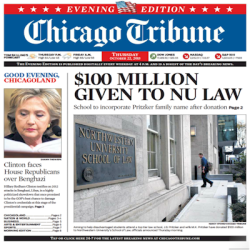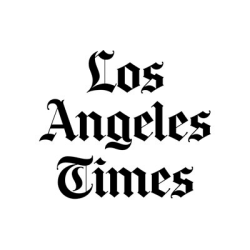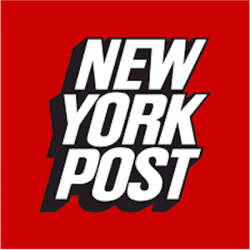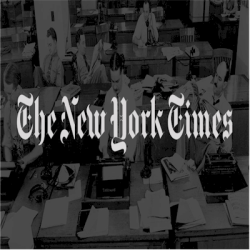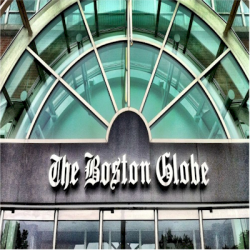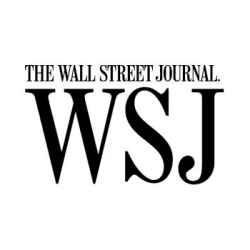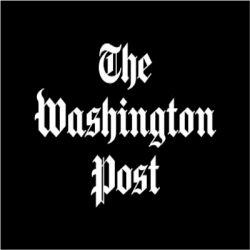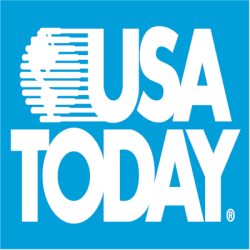
The Federal Reserve has raised interest rates six times this year in its effort to lower inflationcurrently at 7.7%to what it considers to be the ideal level of 2%. But how did the central bankers decide that 2% is ideal rather than some other number?
Its a question several Fed critics have raised. On Friday, Bank of America was the latest to weigh in on the matter, saying bluntly, There is nothing special about 2%.
The Fed has company in its 2% inflation target. Several countries have the same target, seemingly giving more confirmation that 2% is perfect.
Bank of America, however, has a different take, saying that the Fed could be reluctant to adjust its 2% target to some other number because it would undermine its credibility.
Moving the target the first time it is seriously tested undercuts central banks credibility, raising real concerns about a slippery slope, Bank of Americas global economist, Ethan Harris, wrote.
The Feds 2% target was officially adopted in 2012. But the Fed and other central banks had used it more informally amid the high inflation in the 1970s and 1980s. The target has provided buffers for policymakers by leaving room to cut interest rates during a recession while also largely eliminating the risk of deflation, BofA said.
Suppose the neutral real policy rate was 2% and underlying inflation increased to, say, 3% during a boom, Harris wrote. Then to make policy restrictive the central bank would raise the policy rate to above 5%. If and when the next recession came, they would be able to cut rates by more than 5% before hitting zero. By historic standards, that seems like an adequate buffer.
Still theres little to suggest that 2% is the optimal target, Harris said.
The evidence is that steady 4% inflation imposes very small additional costs compared to steady 2% inflation. Either way the economy adapts.
Harris also argued that 2% doesnt necessarily satisfy the notion that central banks must maintain price stability, referring to the Feds two primary goals of ensuring maximum employment and maintaining.
If inflation stabilized at 3%, the Fed may compromise or give itself more time (although theres no clear deadline) to reach its target, BofA said. A mild recession could drive inflation down to 3%, after which the Fed could reduce inflation to 2% over timesimilar to what happened in the 1980s and 1990s, BofA said.
Nonetheless, the Feds obsession with its 2% target risks pushing the economy into a recession, Barry Sternlicht, CEO of private investment firm Starwood Capital Group, and prominent economist William Spriggs, previously told Fortune.
Theres nothing written in stone that says inflation is supposed to be limited to 2%, Spriggs said. That target was not the result of an economic model that says 2% inflation is the ideal inflation.
Sternlicht, who has slammed the Fed for using lagging numbersmeasured by the consumer price indexthat dont actually show whats happening with inflation in real time, criticized the 2% target.
I think the number 2% is kind of arbitrary, Sternlicht said. And could it be 3% or 4%? That would be fine.
He added: I think 2% as an artificial target may seem like a nice number. But its so close to zero. And the problem is, as you go to 2%, you could easily go to minus 2%. You could go into a deflationary world where theres no demand and too many goods.
Whatever the case, Harris suggested that the Fed wait until inflation is under control to make any changes to its 2% target. At that point there would be much less concern about a lack of credibility or slippery slope, he said.
Our new weekly Impact Report newsletter examines how ESG news and trends are shaping the roles and responsibilities of todays executives. Subscribe here.

